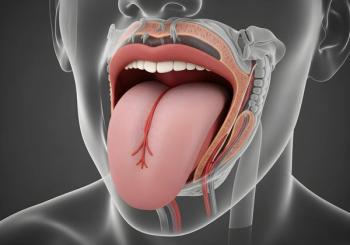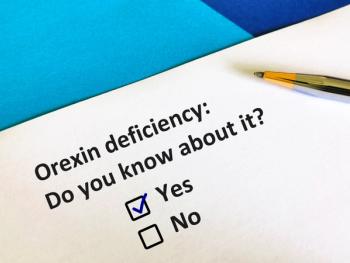
Modeling Finds the Timing of Modafinil to Treat Narcolepsy Matters for Efficacy
Key Takeaways
- A mathematical model reveals circadian rhythms' impact on medication efficacy, particularly for neurological conditions like Parkinson’s disease and depression.
- The model focuses on dopamine reuptake inhibitors (DRIs) and suggests optimal dosing times aligned with natural dopamine cycles.
Researchers at the University of Michigan suggest the findings of their analysis could be used to guide the timing of dosing of drugs for patients with Parkinson’s disease, depression, and other neurological conditions.
Researchers at the University of Michigan have developed a mathematical model that reveals how our circadian rhythms impact medication. This understanding could help better optimize dosing regimens for patients with Parkinson’s disease, depression, and other neurological conditions.
Dopamine levels can fluctuate throughout the day, and these changes are in part regulated by the circadian clock, researchers wrote in a
Researchers Tianyong Yao, an undergraduate researcher in the University of Michigan Department of Mathematics, and senior author Ruby Kim, a postdoctoral research fellow with Michigan Medicine, wanted to understand how circadian rhythms influence the dynamics of dopamine and circadian rhythm and the impact of that on the time of taking certain medications.
They focused on dopamine reuptake inhibitors (DRIs), which are used to treat narcolepsy and depression. But the researchers said the model could be generalized to other drugs that are used to help regulate dopamine, a chemical that helps neurons communicate with each other.
The two researchers simplified a mathematical model of dopamine synthesis, release, and reuptake.
Kim and Yao also probed interactions between modafinil and another natural clock that also impacts dopamine levels:
In their model, Kim and Yao found that taking doses of modafinil at the wrong time of day can cause large spikes and crashes in dopamine levels, but dosing at the right circadian window sustains dopamine levels much longer, Yao said in a news release.
“Our mathematical model suggests that taking DRIs a few hours before your body’s natural rise in dopamine can help prolong the treatment's effects,” Kim said in the news release.
In addition, they found four-hour ultradian rhythms that are separate from circadian input. “Dopamine fluctuates periodically even without a circadian drive, but the underlying mechanisms have not been understood. Our model provides a plausible explanation of dopamine ultradian oscillations as a neuronal population-level phenomenon.”
The authors wrote that the model can be used to explore the outcomes of different dose schedules and to inform treatment strategies, as well as guide clinical trials. The authors wrote that the “findings provide strong evidence that intrinsic fluctuations in DA [dopamine] should be considered in the clinical use of DRIs, offering a mechanistic framework for improving chronotherapeutic strategies targeting dopaminergic dysfunction.
Newsletter
Get the latest industry news, event updates, and more from Managed healthcare Executive.



















































